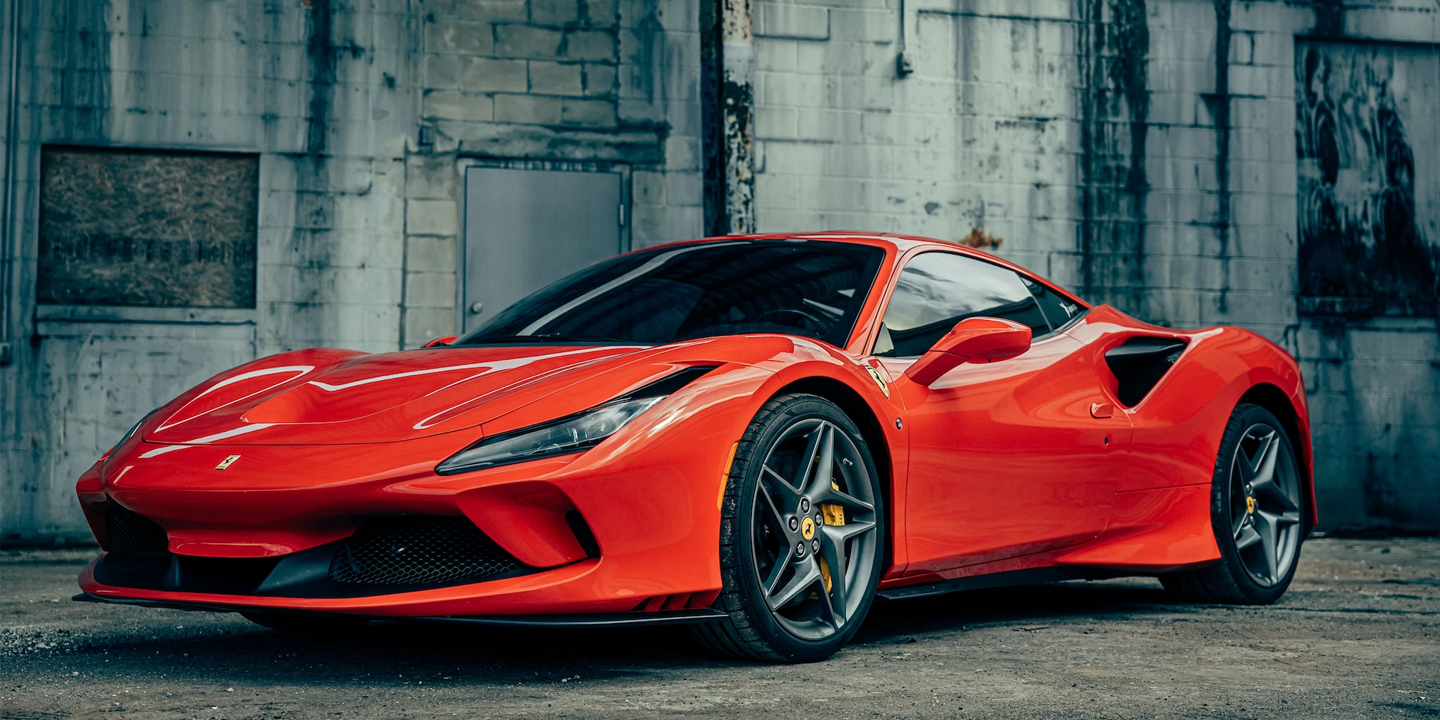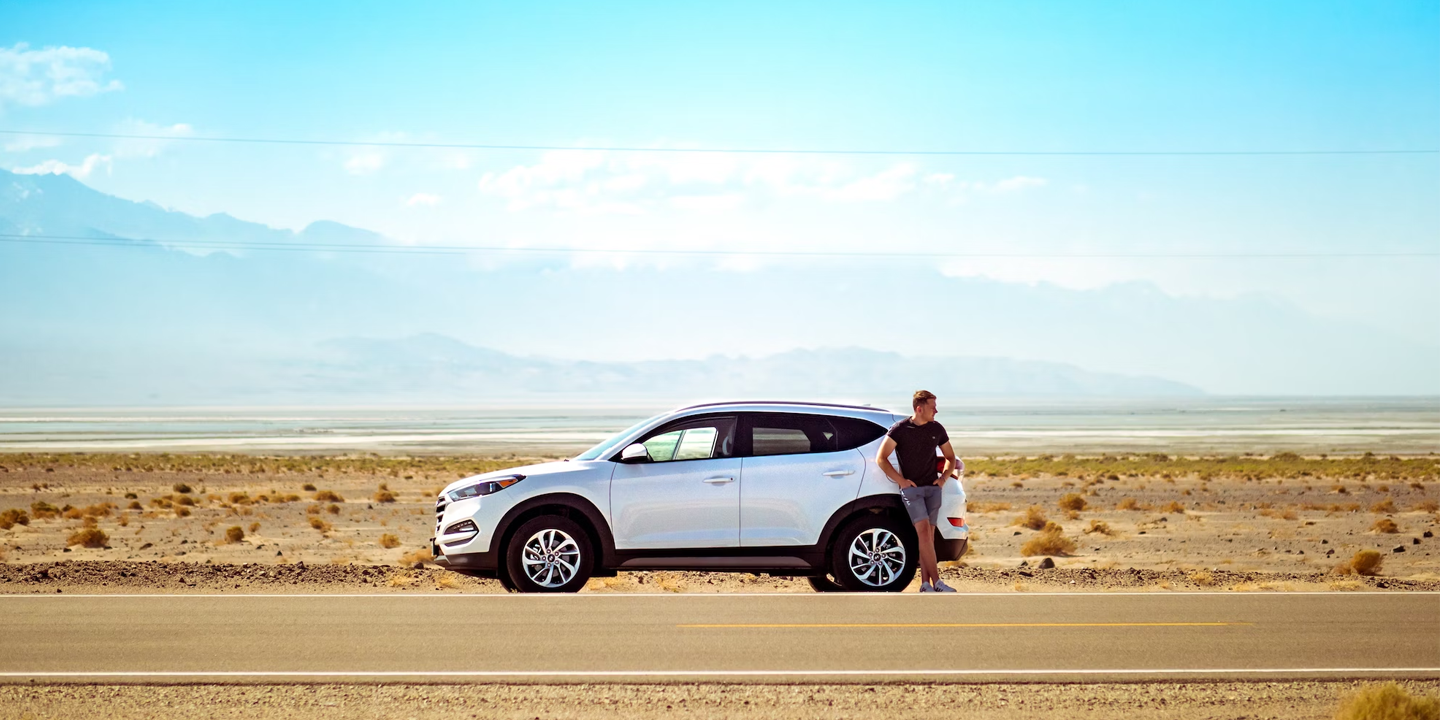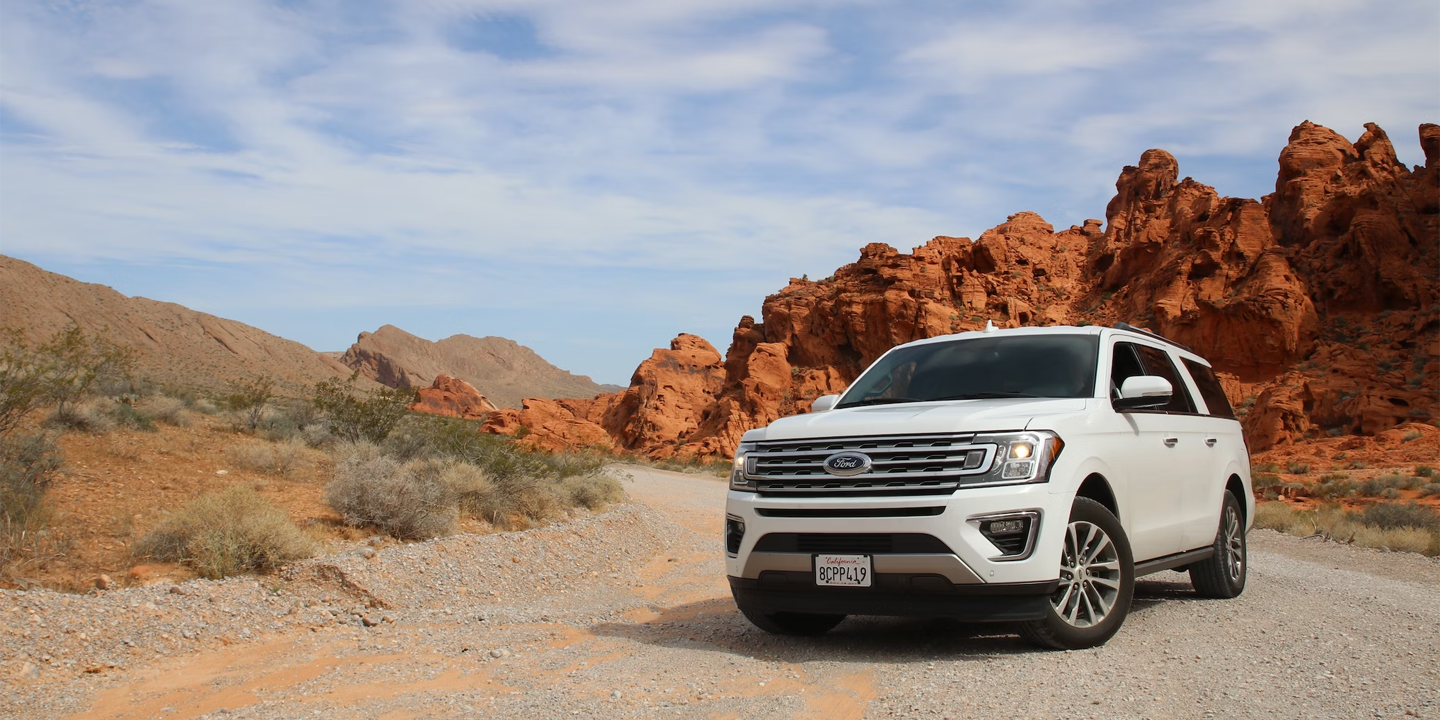The Brands Locals Keep Trusting
Finding the right car in Latin America is about surviving traffic, saving on gas, and making sure parts are easy to find when something breaks. People want vehicles that can handle long commutes and the occasional pothole without becoming a headache. That’s why certain models keep showing up again and again—they’re practical, affordable, and built for real life. So, here are 20 cars that drivers across the region rely on every day.
1. Chevrolet Onix
Topping Brazil’s sales charts since 2015, the Chevrolet Onix has become a household name across Latin America. Its popularity stretches far beyond borders, consistently landing in the top 10 lists continent-wide. With built-in 4G LTE Wi-Fi and a 5-star safety rating, this compact champ punches above its class.
2. Nissan Versa
For over a decade, the Nissan Versa has ruled Mexico’s sedan scene—and it hasn’t stopped there. It ranks in Latin America’s top 5. Built in Aguascalientes and trusted by rideshare drivers, it balances everyday comfort with upper-trim tech like Safety Shield 360.
3. Volkswagen Gol
Since 1980, the Volkswagen Gol has racked up over 8 million sales across Latin America—no small feat. It ruled Brazil’s roads for more than 25 years and is praised for its fuss-free maintenance and cheap parts. Even after retirement in 2023, its rally-ready spirit still fuels a loyal fanbase.
 RL GNZLZ from Chile on Wikimedia
RL GNZLZ from Chile on Wikimedia
4. Renault Kwid
Don’t let its size fool you, as the Renault Kwid dominates Brazil’s subcompact segment and makes waves in Argentina for its wallet-friendly price. Branded as an “urban SUV,” it blends high clearance with a surprisingly roomy 290-liter trunk. Recent models add four airbags, proving small can still mean safe.
5. Toyota Hilux
Across Latin America, the Toyota Hilux wears the crown with grit. It’s Argentina’s best-selling vehicle and dominates the pickup scene in Chile, Paraguay, and Bolivia. Built in Zárate and made for tough terrain, it’s trusted by everyday drivers and government agencies for one reason: reliability.
6. Fiat Argo
Zipping through Brazil’s cities, the Fiat Argo quickly claimed a spot in the top 10 best-sellers. Made in Betim and designed for the region, it pairs urban agility with smart fuel use. A sporty design, digital dash, and 7-inch touchscreen make it a hit with younger drivers.
7. Chevrolet Tracker
Brazil can’t get enough of the Chevrolet Tracker. Since 2020, it’s ruled the compact SUV market, blending urban flair with real road smarts. Locally built in São Caetano do Sul, it packs a turbocharged punch without guzzling gas.
8. Hyundai HB20
The Hyundai HB20 has been a Brazilian favorite for over a decade, consistently ranking among the country’s top five best-selling cars. Designed specifically for local roads and tastes, it’s proudly produced in Piracicaba, São Paulo, with frequent updates that keep it looking sharp and feeling fresh.
9. Ford Ranger
Year after year, the Ford Ranger keeps claiming the top spot among pickups in Argentina—and it’s easy to see why. Under the hood, its bi-turbo diesel engines deliver impressive towing strength, making it a reliable workhorse on farms, in police fleets, and across utility sectors.
10. Jeep Renegade
Compact in size but massive in popularity, the Jeep Renegade has spent years as Brazil’s best-selling SUV. Despite its urban-friendly frame, it offers all-wheel drive variants ready for tougher terrain. More than just a model, the Renegade signals Stellantis’ growing SUV footprint across the region.
11. Toyota Corolla Cross
Not every SUV gets to wear the Corolla badge—and that’s exactly what makes the Corolla Cross special. It’s the dependable sedan’s adventurous cousin, now rolling strong across Latin America. Moreover, it’s especially loved in its hybrid form, where fuel efficiency meets eco-smarts.
12. Peugeot 208
Rolling out of the El Palomar plant with local flair, this car brings French design to the streets without breaking the bank. It was the first in its class to offer a digital i-Cockpit in the region. And for those craving extra flair, the GT version delivers LED lights and standout trim with a sporty punch.
13. Volkswagen T-Cross
The Volkswagen T-Cross is a crowd-pleaser across every age bracket. Inside, drivers find a digital instrument display and wireless charging that make daily commutes feel smarter. It’s no wonder satisfaction ratings stay high, as this SUV knows how to deliver tech and versatility without trying too hard.
14. Renault Sandero
No-frills and full of function, the Renault Sandero holds its own as a key hatchback in Latin America. It’s popular with taxi drivers and fleet operators who count on its roomy interior and generous 320-liter trunk. For those needing a little extra clearance, the Stepway variant adds SUV-like height.
15. Fiat Cronos
Argentina’s favorite sedan since 2021, the Fiat Cronos, continues to dominate with style and substance. Its smooth CVT glides effortlessly through city traffic, while government and private operators alike rely on its balance of space, efficiency, and comfort.
16. Toyota Yaris
Zipping through Latin American streets with ease, the Toyota Yaris has earned its spot in the compact car hall of fame. This car is produced in Brazil and is loved region-wide. Lastly, touchscreens and rear-view cameras add a dash of tech flair.
17. Kia Seltos
Climbing the SUV charts in Colombia and Chile, the Kia Seltos is making a serious impression. It’s not just the sleek two-tone look turning heads—it’s the upscale perks like ventilated seats and a heads-up display. Add roomy back seats, and young families are all in.
18. Mitsubishi L200
The Mitsubishi L200 owns the roads of Peru and Bolivia. Beloved by miners and farmers alike, it’s built to work—with Super Select 4WD, high clearance, and a tough frame ready for anything. It even pulls double duty in rescue missions and disaster zones.
19. Honda HR-V
A rising star in Brazil’s SUV scene, the Honda HR-V blends local production with smart urban design. Its “Magic Seat” system makes space work like magic, while the smooth CVT handles traffic with ease. Bonus? It’s a resale champ that holds value like a pro.
20. Citroën C4 Cactus
Turning heads in Argentina and Chile, the Citroën C4 Cactus mixes bold design with real-world smarts. It flaunts Airbump® panels that guard against everyday dings. Lightweight and efficient, it also brings the fun—with turbocharged trims and a sweeping panoramic glass roof.



























